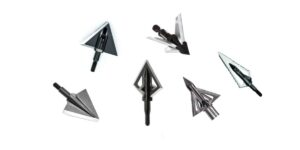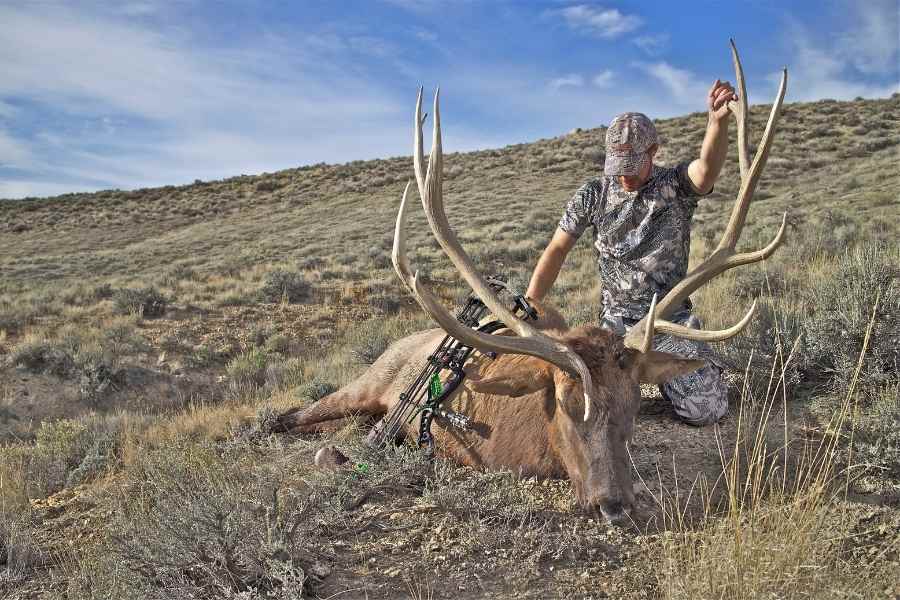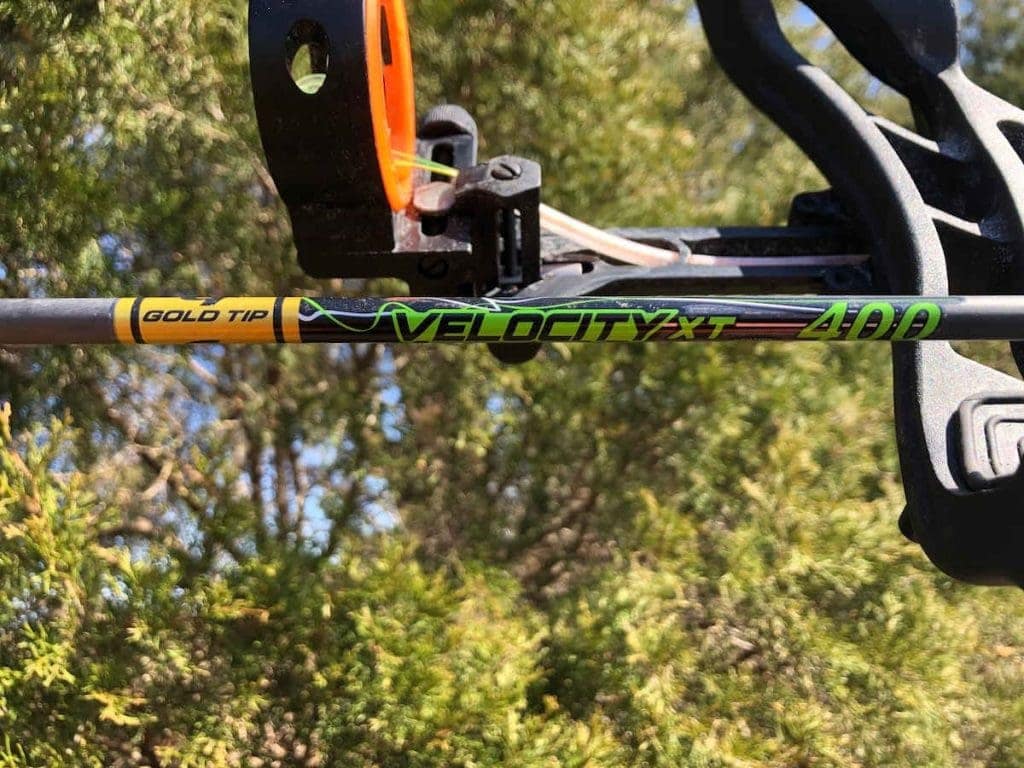Ever wondered why turkey calls are made differently? You’re not alone. This intriguing topic blends science, art, and outdoor adventure.
As you delve into this article, you’ll learn how these unique devices are crafted and their various types.
You’ll also discover how to use them and what recent innovations are shaping the industry.
Get ready to uncover why no two turkey calls are alike.
Contents (Jump to Topic)
ToggleUnderstanding Turkey Calls
read.. Hands-On Reviewed Turkey Calls
To fully grasp why turkey calls are made differently, you’ve got to dive into the fascinating world of turkey communication.
Turkeys, like all creatures, have a language of their own. They don’t just gobble aimlessly. Each sound, each call, has a specific meaning.
Different calls are used to alert others of danger, to attract a mate, or to communicate their location.
You’ve got to understand that the type of call used depends on the situation. For instance, females often use Yelp, which is longer and more drawn out, to show interest.
On the other hand, a sharp Cutt, which is quick and abrupt, is a warning call. So, each call has to be made differently to convey the right message.
Different Types of Turkey Calls
With this understanding of why calls vary, you’re ready to explore the different types of turkey calls.
There are many types, but we’ll focus on the most common ones: box calls, push-button calls, slate calls, mouth calls, and locator calls.
Here’s a quick breakdown:
| Type of Call | Description |
|---|---|
| Box Call | A versatile call that produces a variety of sounds. |
| Push-Button Call | The easiest to use, perfect for beginners. |
| Slate Call | It is used to shock a turkey into responding, not for imitation. |
| Mouth Call | Hands-free and very versatile, yet challenging to master. |
| Locator Call | Used to shock a turkey into responding, not for imitation. |
The Manufacturing Process of Turkey Calls
In the turkey hunting world, you’ve likely wondered about the process behind creating these distinct calls.
It all starts with crafting the body of the call, often made from wood or plastic. It’s carefully shaped, sanded, and sometimes painted.
Next, the reed, which creates the sound, is inserted. This is usually made from latex or prophylactic material. Some calls even have multiple reeds for a variety of sounds.
The call is then tested for sound quality. If it doesn’t hit the right notes, it’s back to the drawing board. Once it’s perfected, it’s packaged and ready for you, the hunter.
Each call is a labor of love, designed to mimic the unique sounds of the wild turkey.
Usage of Various Turkey Calls
Now that you know how turkey calls are made, let’s delve into how you can use them.
Box calls are often used for long-range calling, creating a loud, high-pitched sound that can be heard from afar. You scrape the paddle against the lip of the box.
For a softer, more subtle call, mouth calls, or diaphragm calls are your best bet. They’re placed in your mouth, and you can mimic a range of turkey sounds by altering your tongue’s pressure.
Pot and striker calls require you to scratch the surface with a striker, producing a resonant yelp.
Innovations in Turkey Call Production
You’ve seen how various turkey calls are used, but over the years, several innovations in turkey call production have significantly improved the range and quality of these tools.
- Enhanced Materials: Advanced materials like high-grade aluminum and titanium have created calls with better resonance and more extended durability.
- Digital Integration: Today’s turkey calls can connect to mobile applications, allowing you to control and customize the call for a more accurate mimicry.
- Improved Design: Refined designs have increased the range of sounds, making it possible to imitate a wider variety of turkey vocalizations.
These advancements not only make calls more effective but also easier to use. So you’re well-equipped for your next hunting expedition.
Before you go…
So, you see, turkey calls are made differently to mimic the various sounds turkeys make. The manufacturing process, usage, and even the latest innovations all play a part in this.
Understanding the different types of calls and their unique sounds can give you an edge in turkey hunting.
It seems complicated, but once you get the hang of it, you’ll see it’s all part of the thrilling experience of the hunt.






